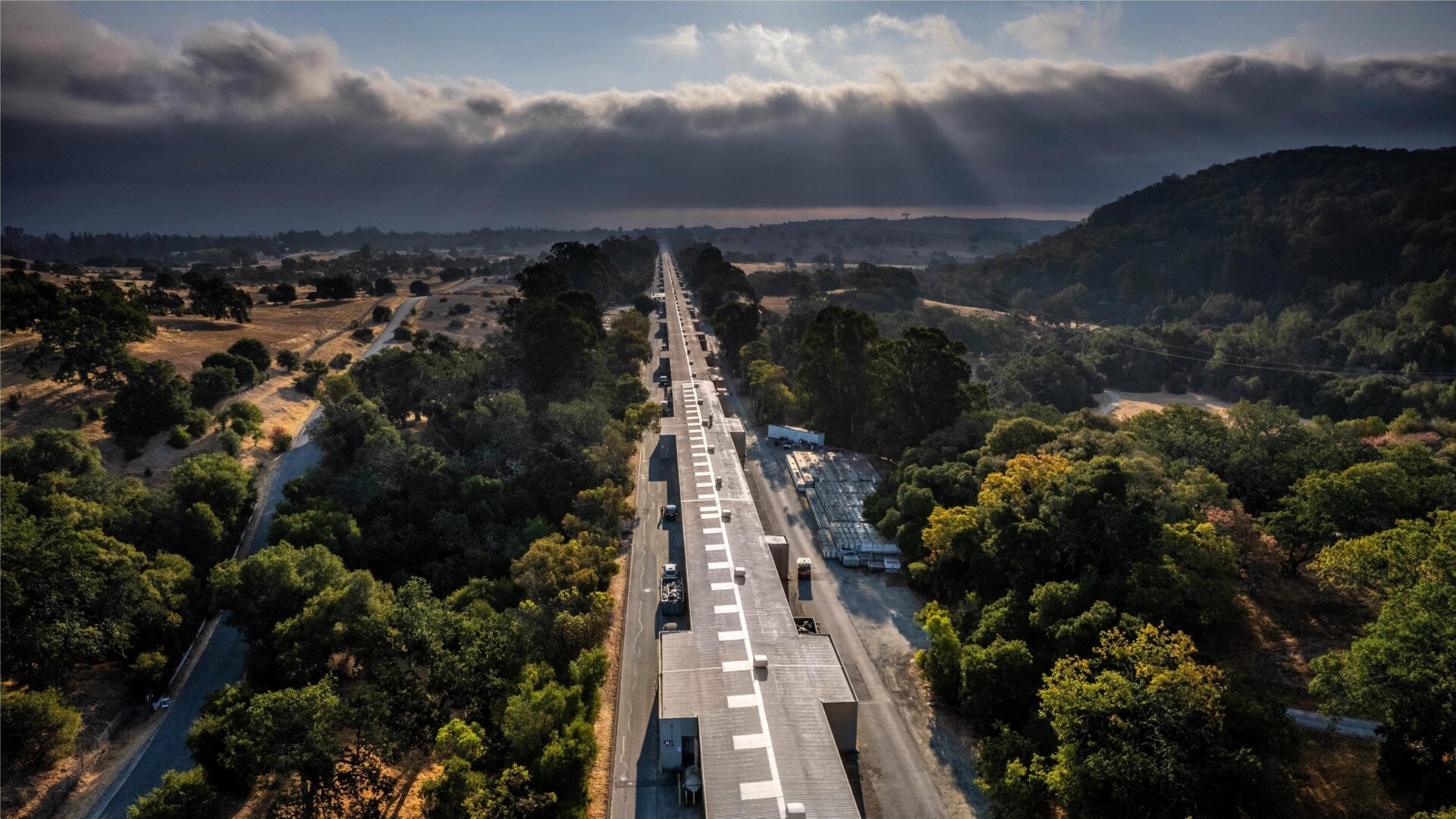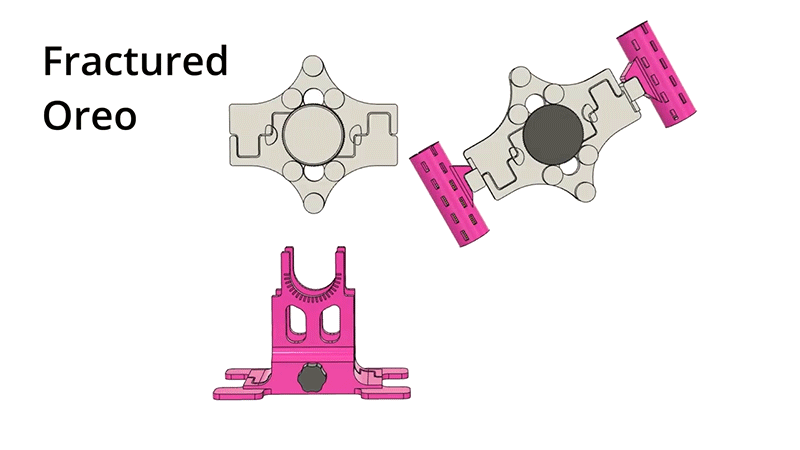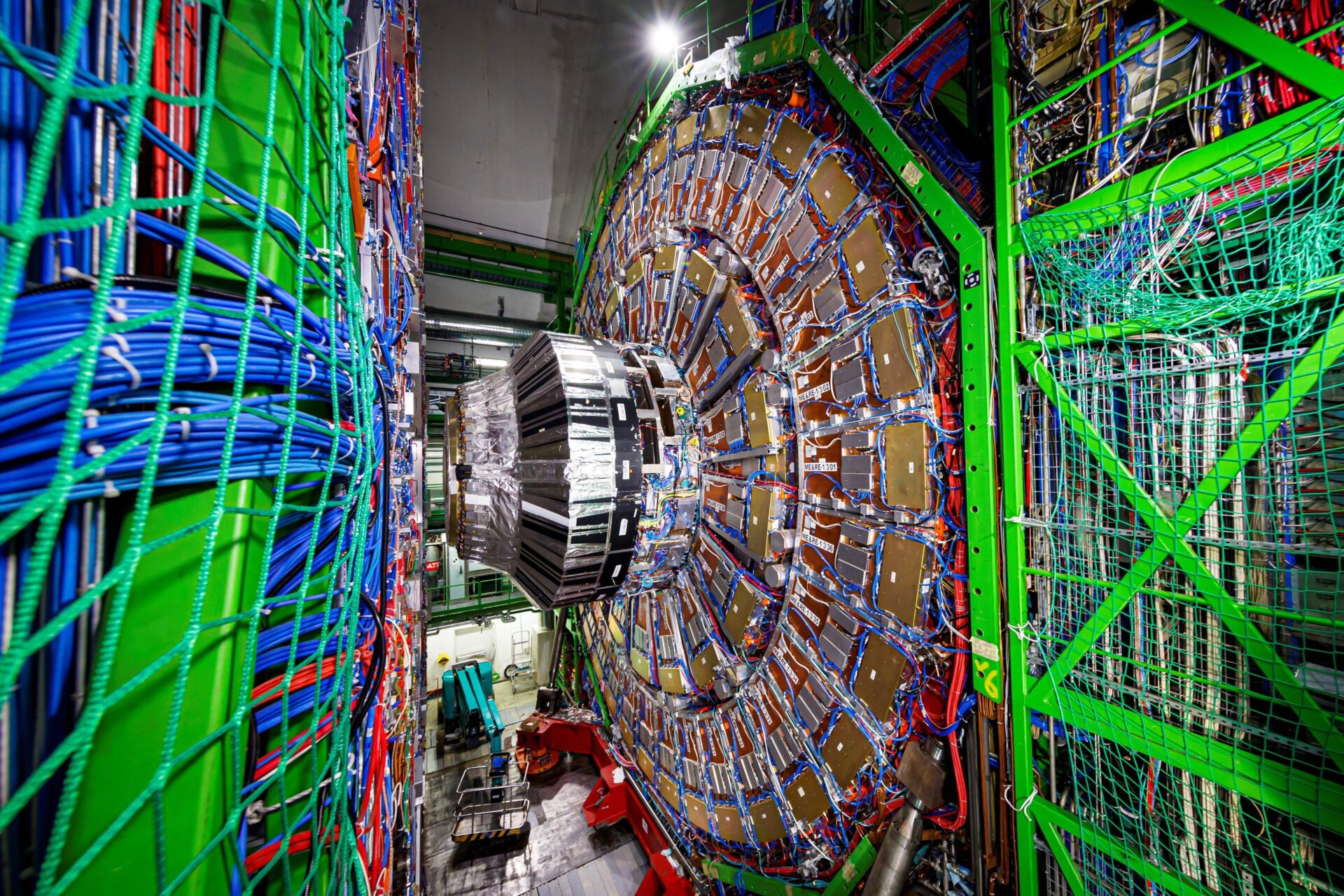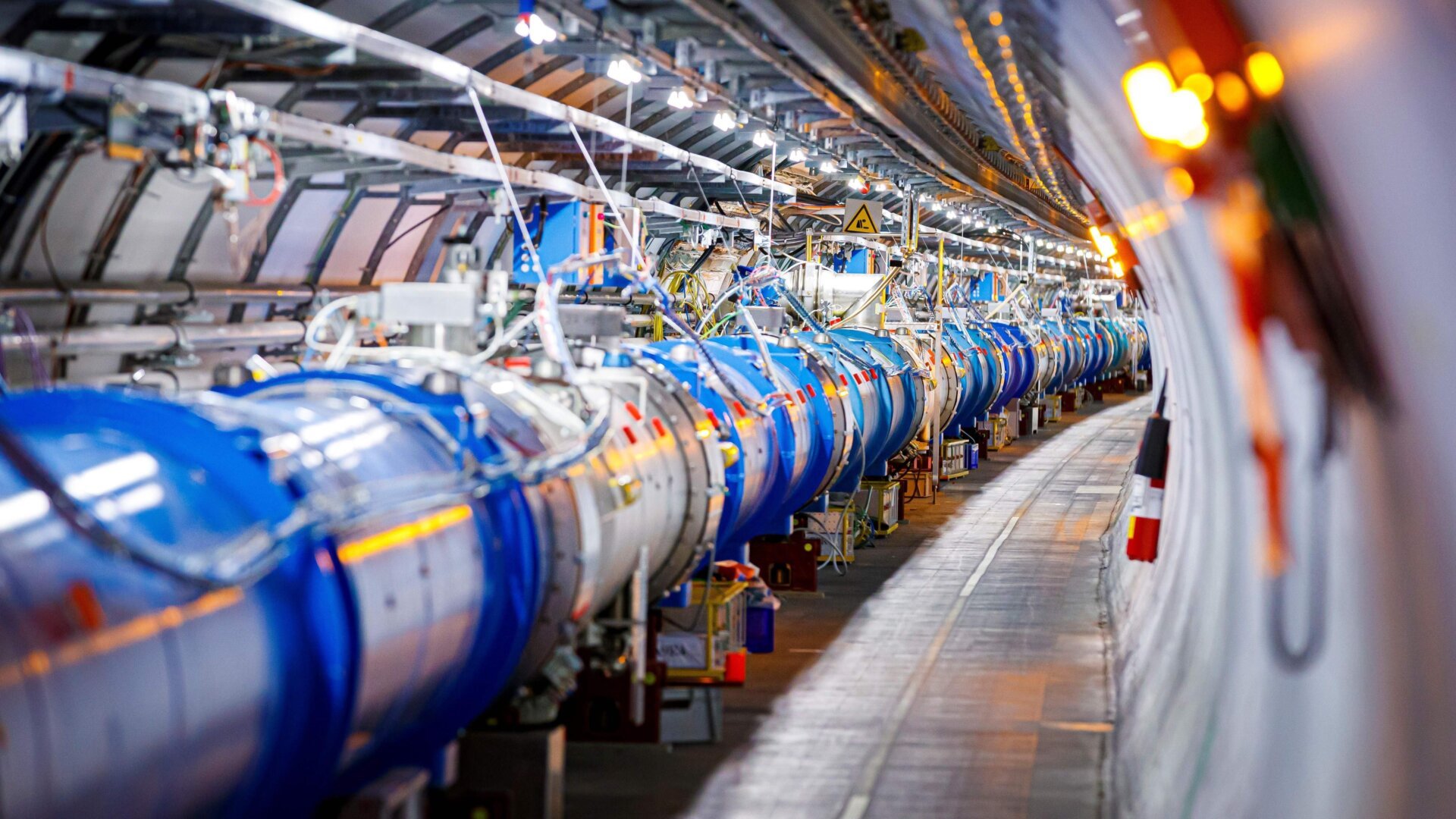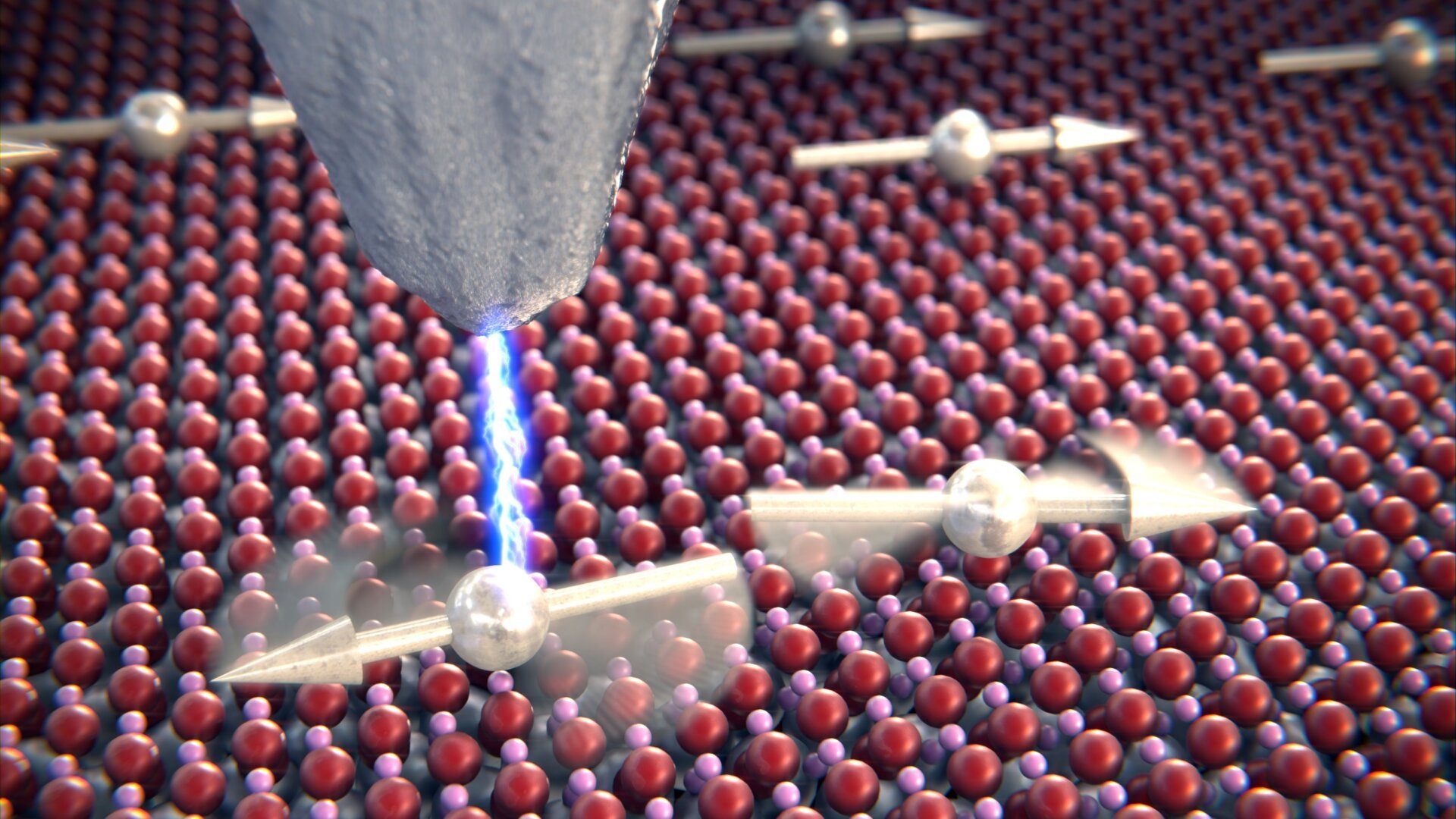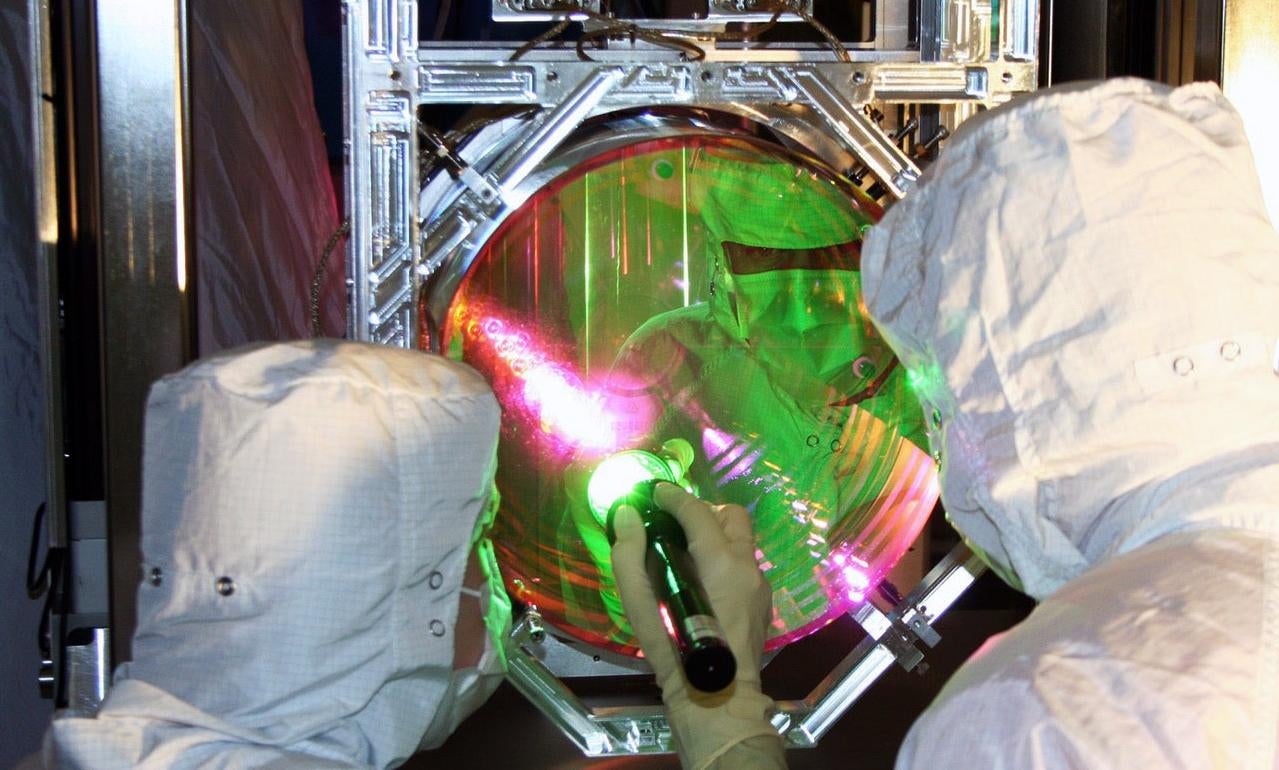The SLAC National Accelerator Laboratory in Menlo Park, California, is on the cusp of a new era in scientific discovery. A soon-to-open superconducting particle accelerator will generate some of the world’s most powerful X-rays, enabling researchers to delve into the intricacies of phenomena like photosynthesis and battery efficiency. This cutting-edge facility offers a glimpse into the future of scientific exploration.
Unraveling the Mysteries of Photosynthesis
Photosynthesis, the process by which plants convert sunlight into energy, is fundamental to life on Earth. Scientists at SLAC will utilize the intense X-rays produced by the new accelerator to examine the intricate molecular mechanisms driving this vital process. By understanding how photosynthesis works at the atomic level, researchers can potentially develop new strategies for enhancing crop yields and creating artificial photosynthesis systems for sustainable energy production.
Revolutionizing Battery Technology
The development of more efficient and powerful batteries is crucial for advancing electric vehicles, renewable energy storage, and portable electronics. SLAC’s new accelerator will provide unprecedented insights into the behavior of materials within batteries during charging and discharging cycles. This knowledge will be instrumental in designing next-generation batteries with improved performance, longer lifespans, and enhanced safety features.
The Power of Superconducting Technology
The new accelerator at SLAC utilizes superconducting technology, which enables it to generate X-rays with exceptional intensity and precision. Superconductivity, a phenomenon occurring at extremely low temperatures, allows for the efficient acceleration of particles without significant energy loss. This capability is essential for achieving the high-energy X-rays needed to probe the intricate details of matter at the atomic and molecular scales.
Advanced Imaging Capabilities
The powerful X-rays produced by the accelerator will be used to create detailed images of biological molecules, materials, and chemical reactions. These high-resolution images will provide scientists with invaluable data for understanding the structure and function of complex systems. The advanced imaging capabilities of the accelerator will open up new avenues of research in fields ranging from medicine and materials science to chemistry and energy.
A Hub for Scientific Collaboration
SLAC National Accelerator Laboratory serves as a hub for scientific collaboration, attracting researchers from around the globe. The new superconducting particle accelerator will further enhance SLAC’s reputation as a leading center for scientific innovation, fostering collaborative efforts and accelerating the pace of discovery.
Conclusion: A New Frontier in Scientific Discovery
The soon-to-open superconducting particle accelerator at SLAC National Accelerator Laboratory represents a significant leap forward in scientific capabilities. This advanced facility will empower researchers to explore fundamental questions about the natural world and develop groundbreaking technologies with far-reaching implications. The future of scientific exploration is bright, and SLAC is at the forefront of this exciting new frontier.



